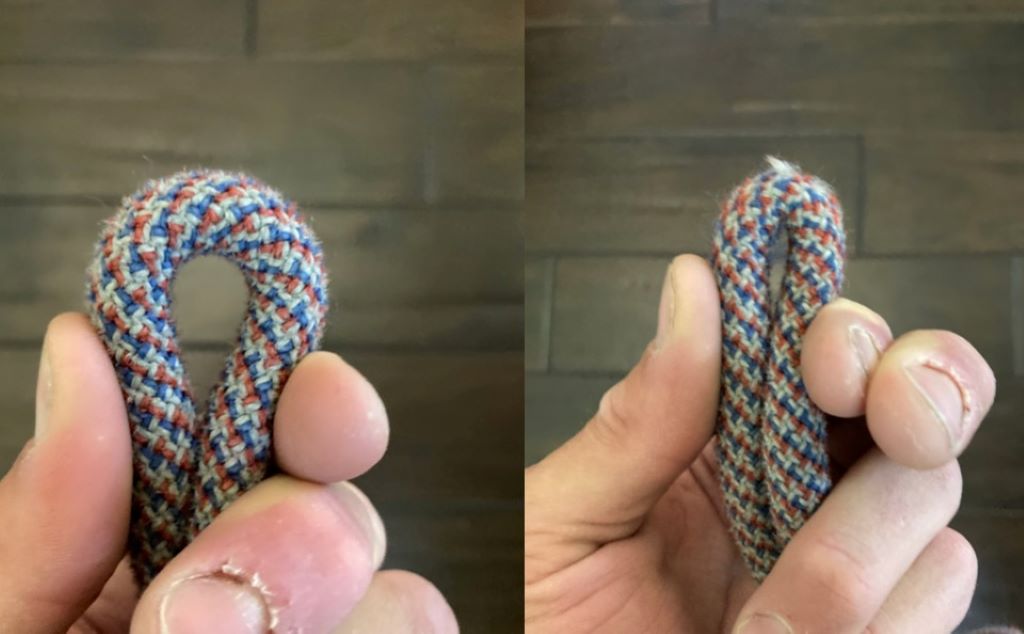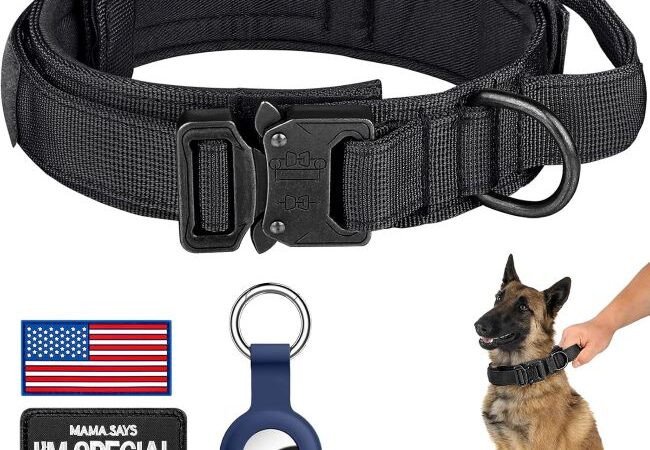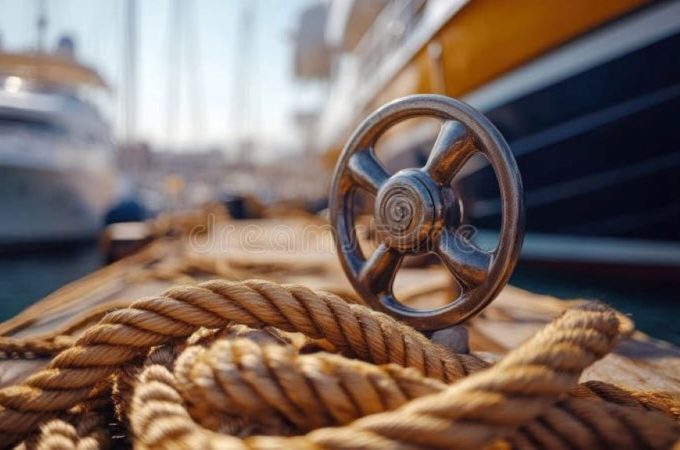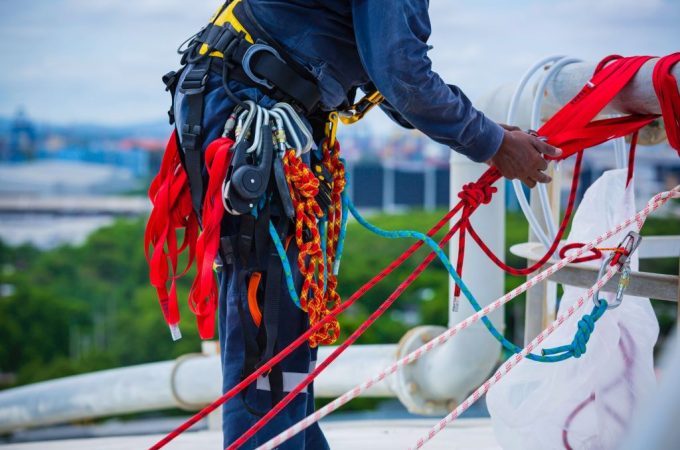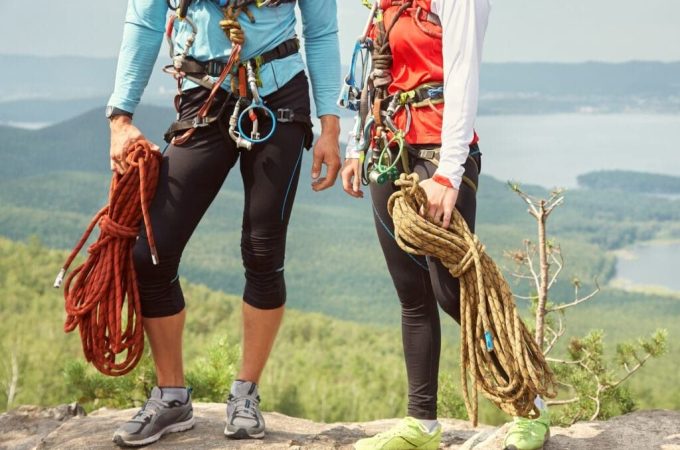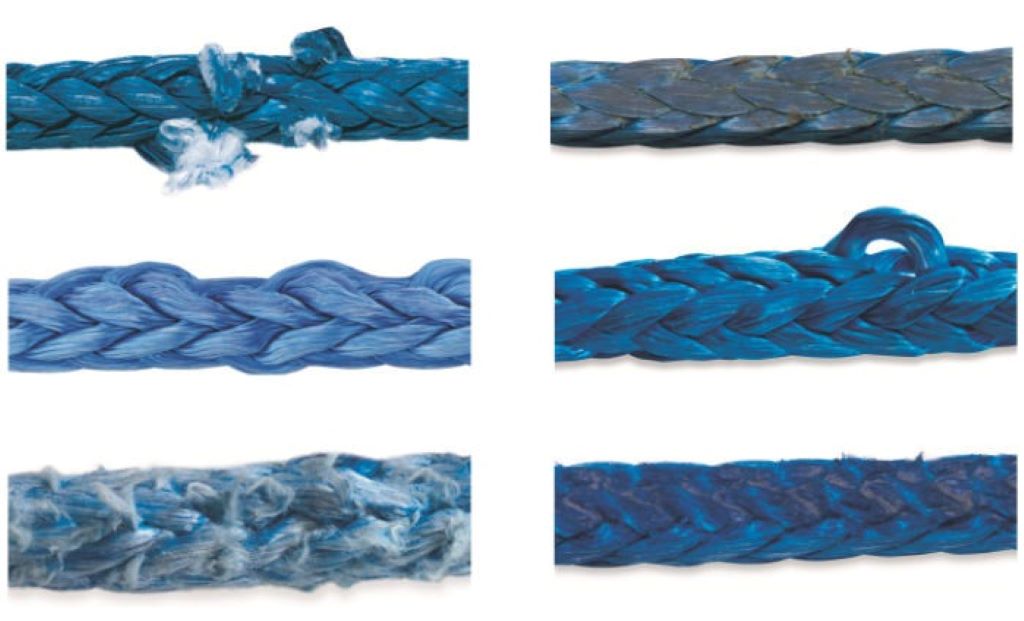
Rope Damage You Can’t See: What You Need to Know
Imagine scaling a mountain, your life tethered to a rope, only to discover invisible damage compromising its strength. Rope damage you can’t see poses a hidden threat in industries like climbing, construction, and maritime operations. These unseen flaws can lead to catastrophic failures, endangering lives and livelihoods. This article dives deep into the silent dangers of rope degradation, offering insights, statistics, and practical solutions to keep you safe. With years of experience in safety equipment analysis, the focus here is on equipping you with knowledge to identify, prevent, and address invisible rope damage. Let’s unravel the risks and solutions to ensure your ropes remain reliable.
Contents at a Glance
ToggleUnderstanding Invisible Rope Damage
Ropes endure immense stress, from holding climbers aloft to securing heavy loads. Invisible damage, such as internal fiber abrasion or chemical degradation, often goes unnoticed until failure occurs. According to a 2023 study by the Cordage Institute, 68% of rope failures stem from internal damage not visible during routine inspections. This statistic underscores the need for vigilance. External wear, like fraying, is easy to spot, but internal issues, such as micro-tears or UV-induced weakening, lurk beneath the surface. For instance, synthetic ropes like nylon or polyester can degrade internally when exposed to prolonged sunlight, even without visible signs. Regular use compounds this, as friction within the rope’s core weakens fibers over time. Understanding these risks is the first step to preventing accidents.
Common Causes of Hidden Rope Damage
Several factors contribute to rope damage you can’t see. Prolonged exposure to ultraviolet (UV) rays breaks down synthetic fibers, reducing tensile strength by up to 30% within a year, per the National Institute for Occupational Safety and Health (NIOSH). Moisture is another culprit; wet ropes can develop mold or internal rot, especially in natural fiber ropes like manila. Chemicals, such as cleaning agents or industrial solvents, can infiltrate ropes, causing unseen corrosion. Additionally, repetitive stress from bending or knotting creates micro-fractures in fibers. For example, a climbing rope repeatedly knotted at the same point may weaken internally, even if the exterior appears intact. Recognizing these causes helps users prioritize preventive measures.
Why Invisible Damage Is So Dangerous
Invisible rope damage is a silent killer because it compromises safety without warning. A 2024 report by the Occupational Safety and Health Administration (OSHA) found that 45% of workplace accidents involving ropes were due to undetected internal flaws. Unlike visible cuts or abrasions, hidden damage offers no visual cues, lulling users into a false sense of security. For climbers, a single weak strand can mean the difference between life and death. In maritime settings, a compromised mooring line could lead to a ship drifting, causing millions in damages. The unpredictability of hidden damage demands proactive inspection and maintenance to mitigate risks. Ignoring this threat invites disaster.
How to Detect Rope Damage You Can’t See
Detecting invisible damage requires more than a glance. Advanced techniques, like tactile inspection, involve running hands along the rope to feel for inconsistencies, such as soft spots or lumps. However, this method misses deeper issues. Non-destructive testing, like ultrasonic or infrared scanning, can reveal internal flaws but is costly and impractical for small operations. A practical approach is monitoring rope usage history. For instance, logging exposure to UV, moisture, or chemicals helps predict degradation. The Cordage Institute recommends retiring ropes after 6 months of heavy use, even if no damage is visible. Regular load testing, where ropes are stressed under controlled conditions, also uncovers hidden weaknesses. Combining these methods enhances safety.
Preventive Measures to Protect Your Ropes
Prevention is better than a costly accident. Storing ropes in cool, dry, dark environments reduces UV and moisture damage. For example, keeping ropes in sealed bags away from sunlight preserves their integrity. Regular cleaning with mild, non-corrosive soaps prevents chemical buildup. Additionally, rotating ropes in use prevents repetitive stress on specific sections. Using rope protectors during high-abrasion activities, like climbing over sharp edges, minimizes internal wear. A 2022 study by the American Alpine Club found that climbers using rope protectors reduced internal damage by 25%. Training workers or climbers to handle ropes correctly, avoiding tight knots or overloading, further extends rope life. These steps are simple yet effective.
When to Retire a Rope
Knowing when to retire a rope is critical. The Cordage Institute suggests a “better safe than sorry” approach, recommending retirement after significant stress events, like a heavy fall or chemical exposure. Ropes used in high-risk activities, such as rescue operations, should be retired after 1-2 years, regardless of visible condition. However, opinions vary. Some climbers argue for longer use if ropes pass load tests, citing cost concerns. Conversely, safety experts prioritize strict timelines to avoid risks. Logic favors caution; a $100 rope replacement is far cheaper than a $1 million liability claim from an accident. Tracking usage and adhering to manufacturer guidelines ensures timely retirement.
Industry-Specific Risks and Solutions
Different industries face unique challenges with rope damage you can’t see. In construction, ropes exposed to concrete dust or acidic compounds risk chemical degradation. Regular rinsing and storage in controlled environments mitigate this. Maritime ropes, often soaked in saltwater, face internal corrosion; using synthetic ropes designed for marine use, like polypropylene, reduces this risk. Climbers, meanwhile, deal with UV and abrasion damage. Choosing ropes with UV-resistant coatings and inspecting them after every climb is essential. For example, Petzl, a leading climbing gear manufacturer, recommends daily inspections for climbing ropes. Tailoring solutions to industry needs ensures optimal safety and performance.
The Role of Technology in Rope Safety
Technology offers new ways to combat invisible rope damage. Smart ropes embedded with sensors can detect internal stress or fiber breakdown in real time. These ropes, though expensive, are gaining traction in industries like offshore oil and gas. Drones equipped with high-resolution cameras can inspect ropes in hard-to-reach areas, such as bridge cables. However, cost barriers limit widespread adoption. For smaller operations, affordable apps like RopeSafe allow users to log rope usage and receive retirement alerts. A 2024 survey by Rope Access Magazine found that 62% of professionals using smart technology reported fewer rope-related incidents. Embracing these tools enhances safety and efficiency.
Real-Life Consequences of Ignoring Rope Damage
Ignoring invisible rope damage has led to devastating outcomes. In 2021, a construction worker in Texas fell 50 feet when a rope with internal damage snapped, resulting in severe injuries and a $2 million lawsuit. Similarly, a 2023 maritime incident saw a cargo ship drift after a mooring line failed due to undetected corrosion, causing $10 million in damages. These cases highlight the stakes. On the flip side, proactive maintenance saves lives. A climbing gym in Colorado avoided tragedy by retiring ropes after routine load testing revealed hidden weaknesses. Real-world examples prove that vigilance prevents catastrophe.
Featured Snippet: What Causes Rope Damage You Can’t See?
Rope damage you can’t see stems from internal fiber degradation due to UV exposure, moisture, chemicals, or repetitive stress. UV rays weaken synthetic ropes like nylon, reducing strength by up to 30% annually. Moisture causes mold or rot, especially in natural fiber ropes. Chemicals, like industrial solvents, corrode fibers internally. Repetitive bending or knotting creates micro-fractures. To prevent this, store ropes in dry, dark places, use UV-resistant coatings, and track usage history. Regular inspections and timely retirement are crucial for safety.
FAQs About Rope Damage You Can’t See
- What is invisible rope damage?
It’s internal degradation, like micro-tears or chemical corrosion, not visible during casual inspection. - How does UV exposure affect ropes?
UV rays break down synthetic fibers, reducing tensile strength by up to 30% yearly. - Can wet ropes cause hidden damage?
Yes, moisture leads to mold or rot, weakening fibers internally, especially in natural ropes. - How often should ropes be inspected?
Inspect after every use for high-risk activities; monthly for general use. - When should I retire a rope?
Retire after 6 months of heavy use or significant stress, per Cordage Institute guidelines. - Are smart ropes worth the cost?
For high-risk industries, yes; they detect internal damage, reducing accident risks. - What industries face the most rope damage risks?
Climbing, construction, and maritime operations due to environmental and mechanical stress.
Final Thought
Rope damage you can’t see is a hidden danger that demands respect and action. By understanding its causes, detecting it early, and adopting preventive measures, you can protect lives and assets. Stay proactive, embrace technology, and prioritize safety over cost. Related Topics: How to Make a Nautical Rope Rug: A Step-by-Step Guide
Call to Action: Have you checked your ropes lately? Share your inspection tips in the comments or consult a safety expert today to ensure your equipment is ready for the challenge. For more on rope safety, visit OSHA’s guidelines or Cordage Institute’s resources.

